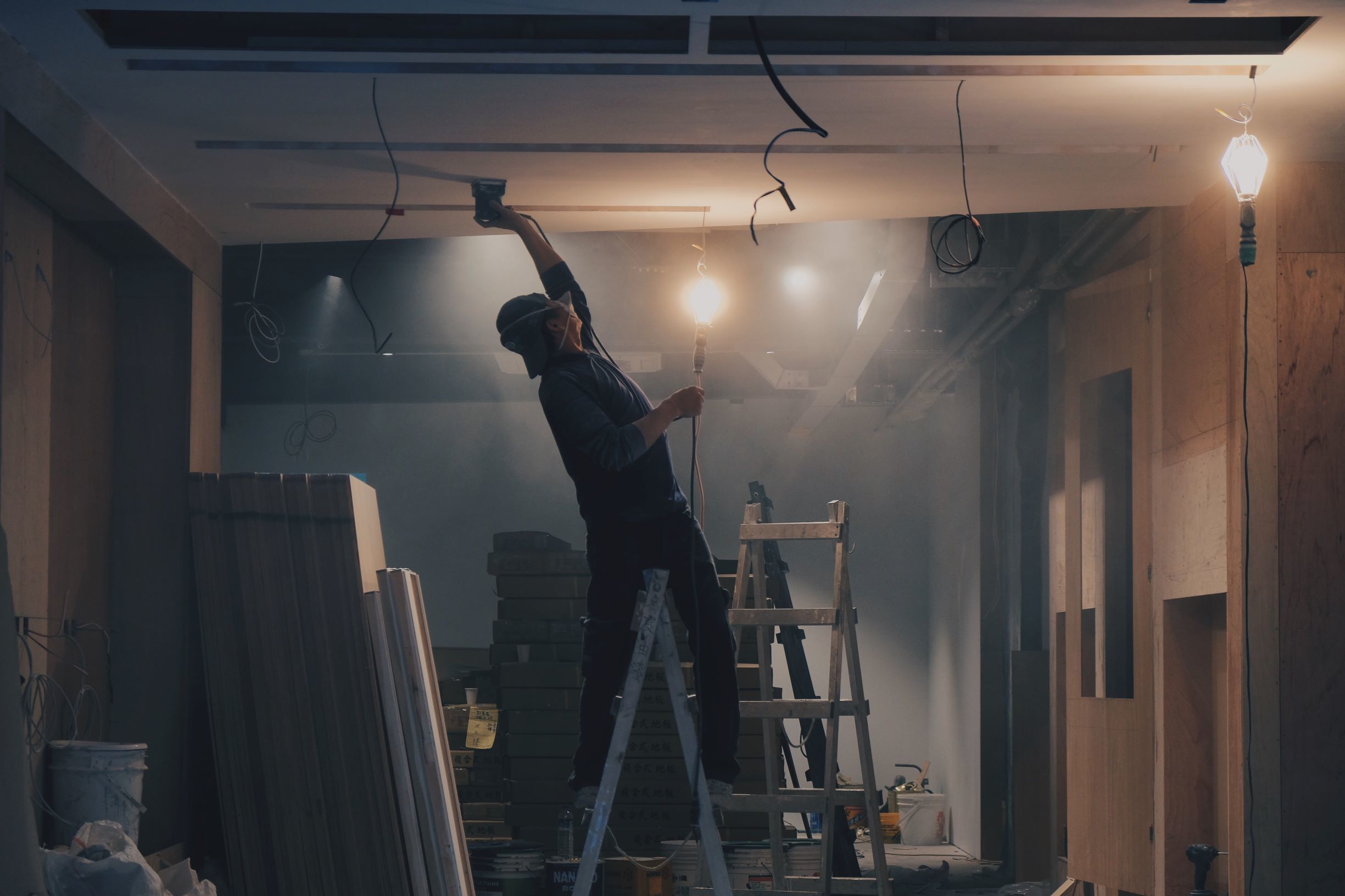From 1 October 2019, contractors who employ subcontractors, will need to assume
responsibility for declaring and paying the VAT that was previously settled by
their VAT registered subcontractors.
From this date, registered subcontractors will no longer add VAT to their
invoices and main contractors will pay this net of VAT amount.
Now the challenging part.
The main contractor will then add the appropriate subcontractor VAT to their VAT return and add the same amount to their input tax. These two amounts will contra so apart from the hassle of organising the accounting entries both parties, the subcontractor and the main contractor will be in the same position as before.
So why, you may ask, were the changes made?
Unfortunately, in the past many subcontractors have registered for VAT, invoiced for their services and collected the VAT inclusive amount from their contractor customers, and then disappeared without paying over the VAT they had collected.
The new system, implementing the so-called “reverse charge” process outlined above, simply shifts the responsibility for settling the VAT from the subcontractor to the main contractor.
All that is required from the contractor’s viewpoint is a tedious change to the way you code and enter subcontractor invoices in your accounting software. We can help you make these changes.
As highlighted above, the cash effects of the changes are neutral. Main contractors pay the net amount to subcontractors, add the deemed VAT that should have been charged to their VAT return, and then deduct the same amount as input VAT.
Which supplies will be affected?
HMRC have said that the domestic reverse charge will only affect supplies at the standard or reduced rates where payments are required to be reported through the Construction Industry Scheme (CIS).
Therefore, supplies between sub-contractors and contractors, as defined by CIS, will be subject to the reverse charge unless they are supplied to a contractor who is an end user.
End users will usually be recipients who use the building or construction services for themselves, rather than sell the services on as part of their business of providing building or construction services.
The legislation also allows for those connected to end users, including landlords or tenants, to also be treated as end users. Therefore, intra-group and leasing re-charges of building and construction services connected to the end user are also excluded from the reverse charge.
Get ready for the changes
If you are likely to be affected, please call and we will organise any changes to your accounts software – most systems accommodate the reverse charge process – and show you how to process transactions affected after 1 October 2019.
You would also be wise to ensure that VAT registered subcontractors know what they need to do from 1 October 2019.




